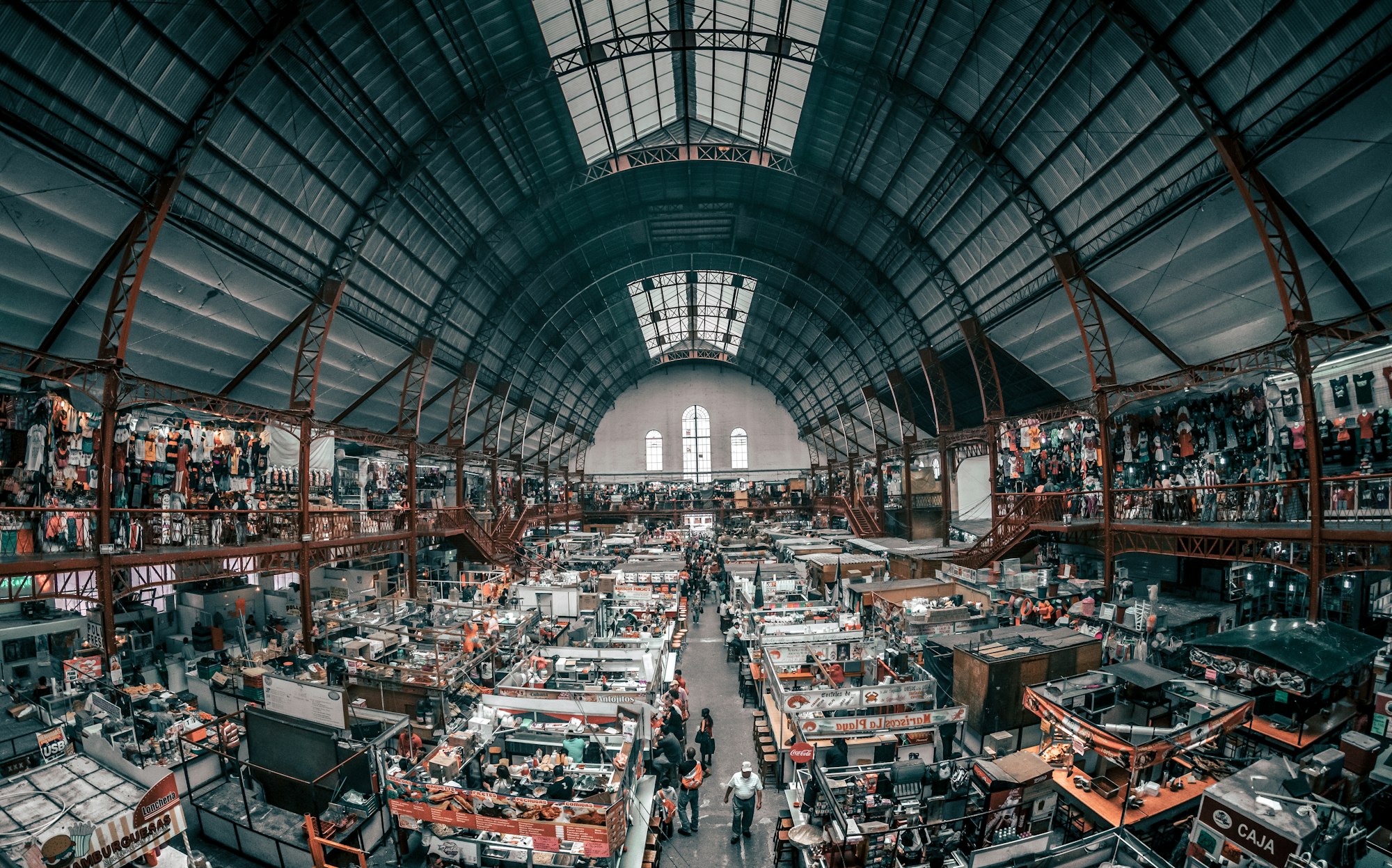We shut down a factory

The other day I was talking to one of my customers - a shipper. He was explaining how strains on the logistics and supply chains were putting him in a bind. My shippers' customers - the factories - were so full they had to shut down because they ran out of room to store the product they are making. The factories aren't shutting down because of a lack of demand. Factories are shutting down because of the logistics industry's inability to move cargo and laying people off. I realized the immense responsibility our industry carries for the global, local, and personal economies.
In early 2020 (somehow, that was a year ago), the world shut down in the wake of coronavirus government lockdowns. In the logistics industry, we had no clear idea how freight would be impacted. The industry decided to carry on and adjust to changing markets as necessary. Over the first half of the year, freight volumes dropped like a rock. Shipping lines responded to the falling freight volumes by canceling sailings and reducing service to the bare minimum. In the second half of 2020, seemingly out of nowhere, freight volumes spiked. Empty containers became high-demand items, and chokepoints converted to standstills. This has placed a tremendous strain on the logistics industry, and it has come to a grinding halt.
How did this all happen? Container terminals, railroads, and warehouses all have the same issue - they are over capacity. The marine terminals have too many import containers to accept the railroads' export containers. The railroad needs the marine terminals to receive the export containers to make room for the import containers. The railroads can get rid of their import containers because warehouses have too many exports to take imports. The story continues. This all happened because shipping lines cut the services and trapped empty containers on the wrong side of the ocean. Now they are playing catchup to move their equipment and, in the process, have caused a freight backup one hundred miles long.
With warehouses, trucking companies, container yards, and transportation systems being clogged beyond belief, factories producing goods are forced to hold off. Shutting down a factory sends rippling effects through the whole economy. There is an astronomical cost to shut down and restart a factory in maintenance and processes alone. The most substantial blow is the employee's livelihood. In factory areas, where manufacturing makes up a large share of the work, loss of income affects the whole community. This is more than just the global or a town's economy; it's real people's livelihood. These are real incomes of hard-working factory employees and their families. They are impacted by our logistical log jam.
When freight stops moving freely and efficiently, there are real-world consequences. Shipping lines reacted to an unknown and stuck themselves with a massive mess. This supply-chain industry is more than just keeping shelves stocked and retailers happy. It's about getting produce and medicine to real people. It's about connecting distant communities and people together. To me, it seems like the human connection is often missing from shipping companies' views. It's understandably easy to see metal boxes moving from one place to another without realizing what's inside or who they're impacting.
Everyone in the supply chain has a responsibility to keep cargo moving because we connect people to each other and the supplies they need to live and thrive.
